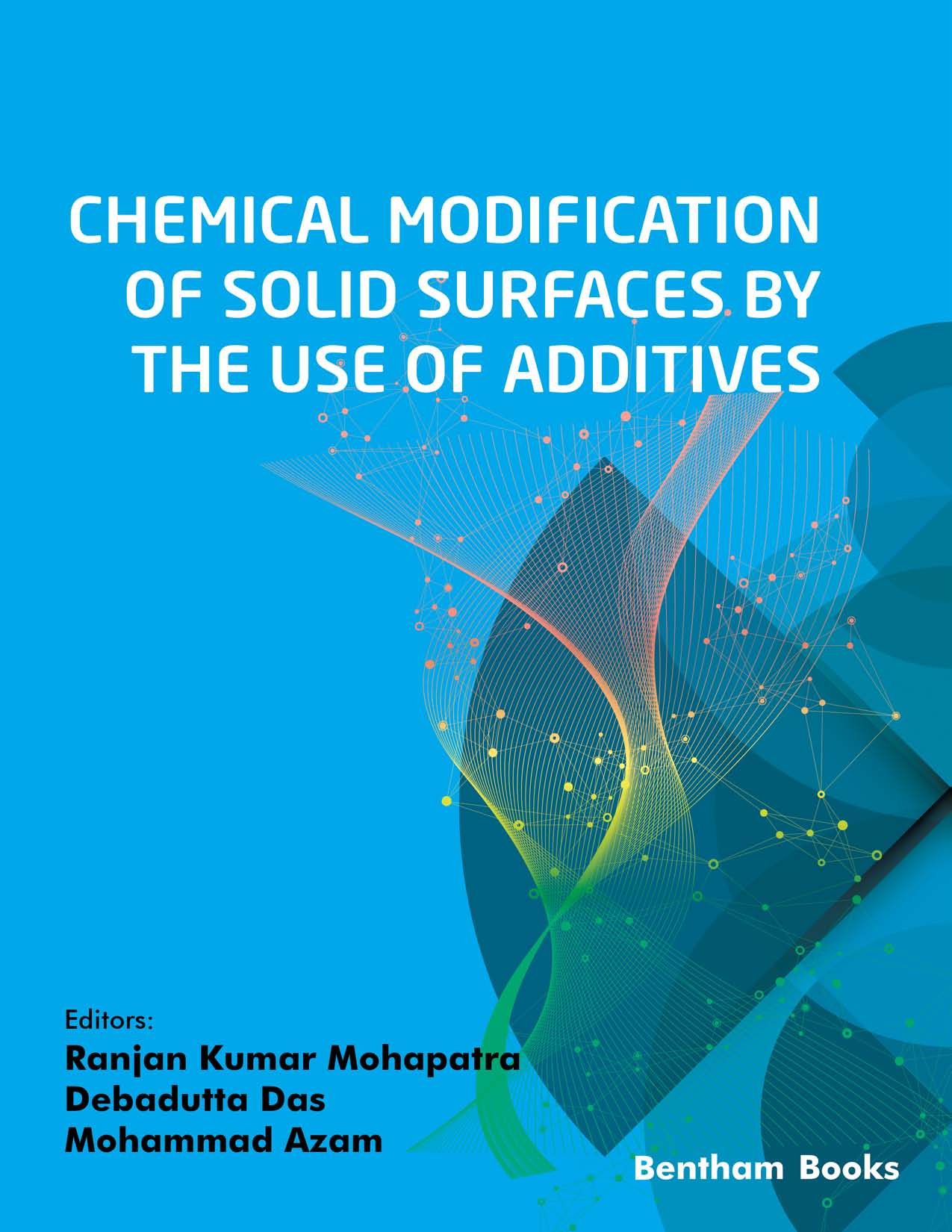Preface
The book “Modification of solid surface by the use of additive” comprises ten comprehensive chapters covering different type of solid surface modifications by using surfactants or other chemicals. The main purpose of modification is to activate the solid surface for synthesis of anisotropic nanostructures material, pipeline transportation in aqueous condition, removal of hazardous pollutant etc. In the first chapter, Bhavya et al. have discussed the role of surface-active agents in the synthesis of anisotropic nanostructure material. In this chapter, they have also discussed how surfactants affect the growth of ANs. Moreover, the contemporary strategies and advantages of binary surfactant mixture over the mono-surfactant are comprehensively discussed. In the second chapter, Kudrat and Mohapatra have presented the protocols related to the preparation of quantum dots, their characterization techniques, applications and a special consideration on the toxicology as well as surface modification of CdTe quantum dots.
In the third chapter, Routray et al. have discussed about the role of surfactant and its mixture in the stabilization and rheological behavior of coal-water slurry. They have extensively studied the effect of surfactant concentration, temperature, coal concentration on the flow behavior of slurry.
In the fourth chapter, Behera et al. have reported an improved process for removal of hazardous organic pollutants from industrial waste contaminated water. In this chapter they have discussed the role of surface modified highly activated adsorbent for removal of organic pollutants. In fifth chapter, Mohapatra et al. have highlighted the generation of fly ash and its pipeline transportation. Here, they have discussed about the role of surfactant and bottom ash in the surface modification of fly ash which causes the reduction of viscosity of slurry during its pipeline flow.
In the sixth chapter, Kabiraz has discussed the chemical modification of carbon electrodes and their sensing applications. In seventh chapter, Sanyasi has presented some modified polysaccharides for biomedical applications. In eighth chapter, Behera et al. have highlighted the role of additives on metal coating substrate surfaces. They have noted that the additive modified coating is able to enhance the wear property, corrosion property as well as the optical property of the structure. In the ninth chapter, Bhuyan et al. have reported the microwave dielectric properties of Mg2TiO4 ceramics added with CeO2 nanoparticles. Furthermore, in chapter ten, Satpathy et al. have discussed the progress of Perovskite materials with surface additives.
We would like to thank all the contributors for their interest and untiring efforts in putting together outstanding collections of reviews that comprehensively cover various aspects of this important field. We are also grateful to the excellent editorial team of Bentham Science Publishers, Singapore.
Ranjan Kumar Mohapatra
Department of Chemistry
Government College of Engineering
India
Debadutta Das
Department of Chemistry
Sukanti Degree College
India
&
Mohammad Azam
Department of Chemistry College of Science
King Saud University
Saudi Arabia

